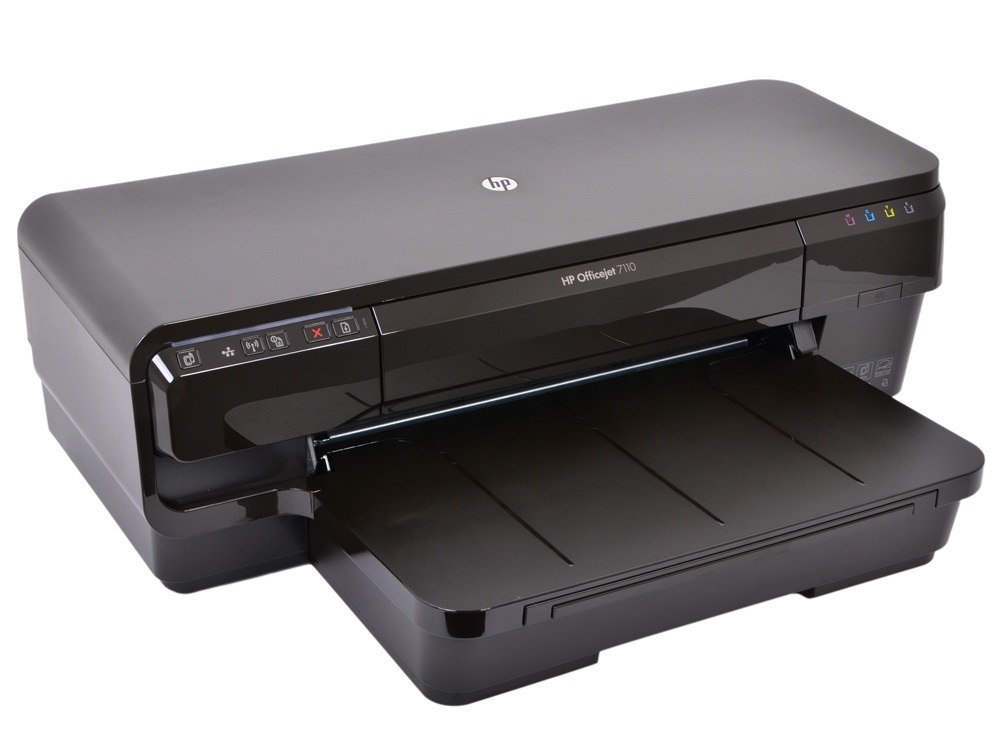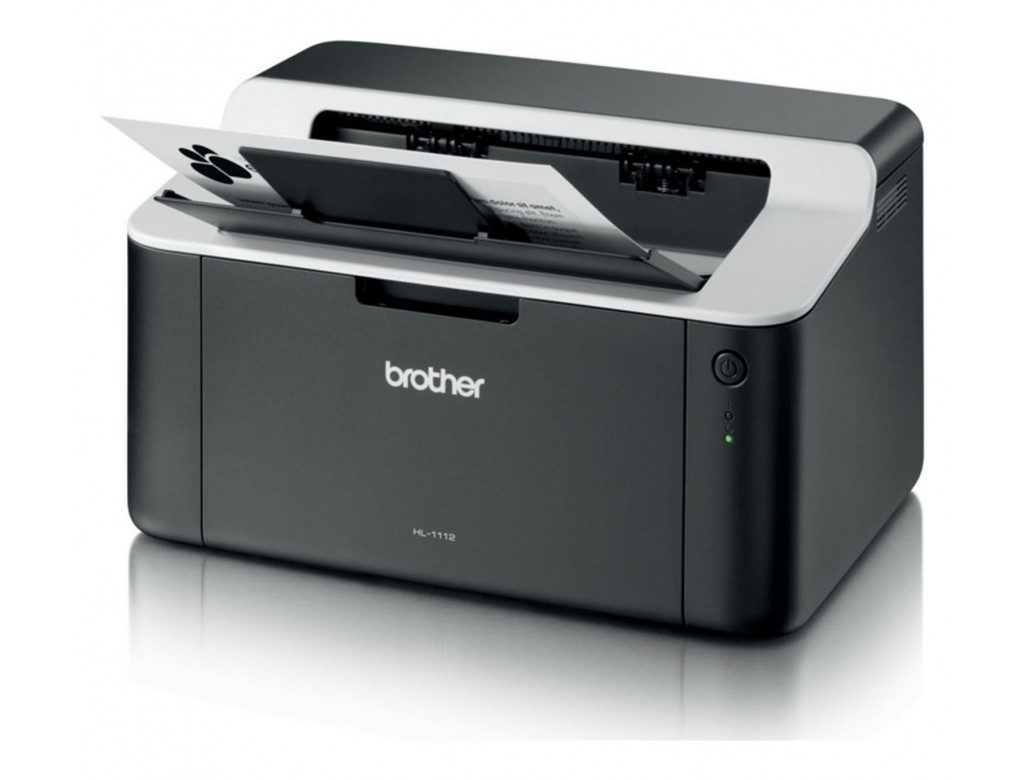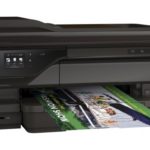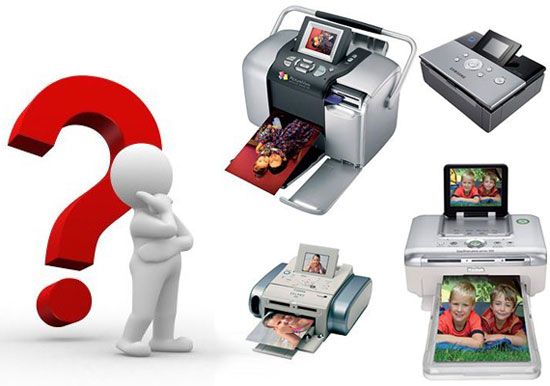What is the difference between a laser printer and an inkjet printer?
Inkjet and laser printers, thanks to their design features, firmly occupy their niches in the market. The first has gained popularity and holds its position due to its economy and high quality printing. The second is its speed and resolution level. But this difference becomes invisible when switching to the standard low-resolution black-and-white printing mode. Therefore, it makes sense to understand in more detail.
The content of the article
Working principle of an inkjet printer

This device forms an image by applying small droplets of ink to a sheet of paper, which can be supplied in two ways:
- Continuous - dye is constantly fed under pressure into the nozzle, where it is broken down into a sequence of microdroplets. Some of them, after being broken by a piezocrystal, fall onto the paper, and the rest are sent back to the ink reservoir.
- On demand - the dye is supplied to the nozzle only when there is a need for its application (the head is located above the desired sheet coordinates). The imprint can be formed using either a piezocrystal or a thermal inkjet method. The latter involves a kind of “shooting” of microdroplets of dye heated to 500 degrees.
The key difference and most noticeable feature of the inkjet version is the use of liquid ink.And since the image is formed from droplets of adjustable size, you can achieve a high level of full color, but with average resolution.
How a laser printer works

The printing process consists of:
- processing the photodrum with a laser beam in order to form on it the pattern that needs to be recreated;
- applying toner to the drum;
- transferring dye to the sheet;
- thermal fixing of the resulting image.
After passing through the last couple of stages, the dye is so firmly embedded in the structure of the paper that it is impossible to erase or wash it off without a trace. But due to the “hardness” of the toner particles, color rendition is limited (resolution, on the contrary, increases). Although this technology also has a significant advantage - the speed of printing copies, black and white versions of which are created in just 2-3 seconds.
A laser printer applies an image using powder toner, which can be:
- two-component - dye and developer (developer), mixed either during the application of the print or at the stage of cartridge manufacture;
- one-component - pure dye with magnetic properties.
Which to choose

It is impossible to say unequivocally which of the above options is better. Therefore, when choosing, you should focus on your needs and the approximate intensity of use of the equipment.
A laser printer is relevant in situations where speed is paramount. It is capable of creating 15 to 30 copies per minute. And for inkjet, 15 pages are only available when printing in black and white with a minimum resolution.
If you have to work with full-color images, it is better to give preference to a technique that uses liquid ink - this way you will be able to achieve the highest possible color accuracy. But if you plan to use the device only occasionally, then choosing a laser printer will allow you to avoid a lot of hassle and malfunctions that arise due to clogging of the nozzles with dried ink residues.
But when assessing the approximate costs of consumables, inkjet printing devices turn out to be the undisputed leaders - if you equip them with CISS, the cost of each created copy can drop by 10–20 times. But this rule only applies when the printer is used intensively.





